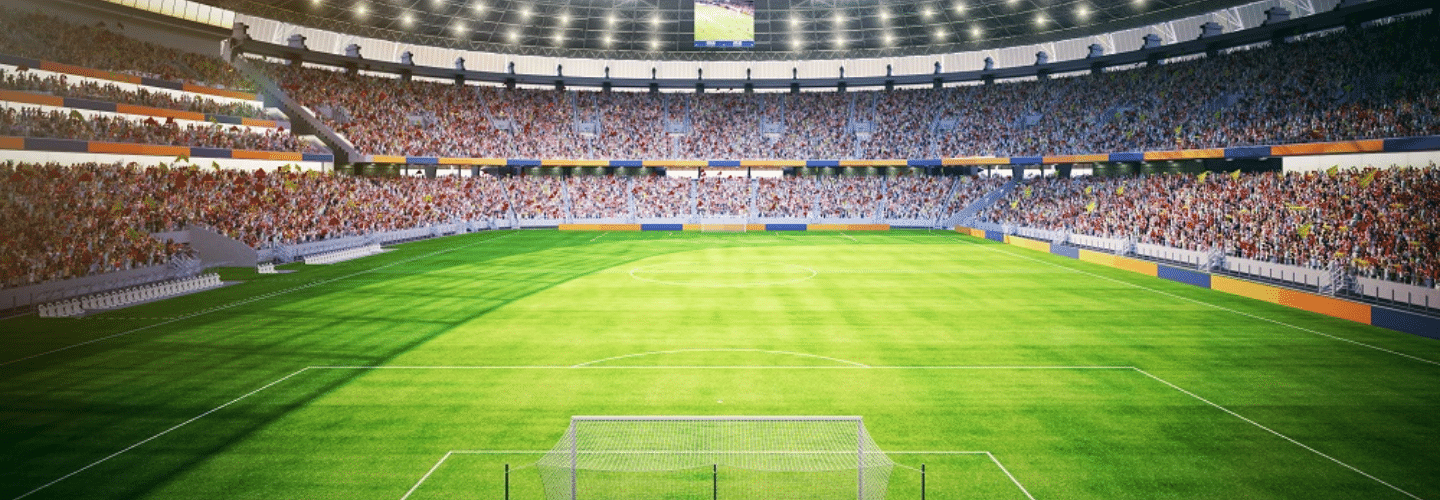Introduction
Sports are a competitive and sometimes dangerous enterprise, so it’s only natural that we look for ways to give athletes every advantage possible. Over the years, many sports have adopted or adapted technologies that were originally developed for military or other non-sports uses. These technological advances have kept athletes safer and helped coaches refine their tactics. In this post, we will explore some of these innovations. Join us on our journey through time—and through the annals of sporting history—as we learn more about how technology has changed sports forever!
Instant replay
- Instant replay is used to review calls made during a game.
- Instant replay was first used in professional sports.
- It has changed the way games are played, officiated and watched by fans.
- Today, instant replay allows officials to review calls that were previously not subject to review (such as pass interference). In some cases, these reviews take place while the game is still being played; in others they could be initiated after it ends.
Helmet radio
Helmet radios are used to communicate with coaches, teammates and referees. They can also be used to communicate with medical staff, other teams, fans and even other sports teams. Helmet radios are a relatively new technology that has revolutionized the way we play games.
Laser range-finders
Laser range-finders have made sports more accurate. In golf, for example, laser range-finders are used to determine the distance of a hole and how much power is needed to strike the ball from that distance. They can also be used by archers to determine precise distances based on the bow’s draw weight and arrow’s speed. This technology has made it easier for athletes to get the best angle for their shot or putt, whether they’re hitting a golf ball or putting it into play (or even hitting a birdie).
Global Positioning System (GPS)
GPS tracking technology allows athletes to track their performance and training. Athletes can train more effectively, in more remote locations and with fewer resources than ever before. GPS tracking technology has made it possible for athletes to train indoors during bad weather or at night; even alone!
Sports analytics software
Sports analytics software is the future of sports performance. It has the potential to make athletes more efficient, healthier and happier than ever before.
In the past, teams have used data collection programs to track only basic stats such as shots taken, assists made and goals scored. But now, software allows teams to monitor a player’s heart rate during training sessions; it can also record their fatigue level throughout match play—which could help teams figure out when an athlete needs more rest between games or practice sessions. Additionally, this information can be used by coaches as part of their pregame preparation for that night’s game versus tomorrow’s opponent.
The bottom line: Sports analytics software can help professionals become better at what they do through improved analysis of performance metrics across multiple dimensions (e.g., physical fitness vs mental health).
Sportswear technology
Sportswear technology is one of the most important innovations that have shaped sports today. Sportswear has come a long way from simple cotton uniforms to the high-tech fabrics that are used today.
In terms of comfort, sportswear has been optimized for athletes in all kinds of weather conditions, from hot summer days to frigid winter nights. The fabrics used are lightweight and breathable, allowing athletes to stay cool in sweltering heat or stay warm when temperatures drop below freezing.
Safety is another great benefit that comes with sportswear technology: modern materials are more fire-resistant than ever before. They also provide better protection against scrapes and cuts than older fabrics did, which means fewer injuries overall on the field or court—and less downtime for players who get hurt!
Hawk-Eye camera system
Hawk-Eye is a camera system that tracks the movement of the ball. In tennis, it can be used to determine if a ball has crossed the goal line. In cricket, Hawk-Eye can show whether or not play is dead when a batsman hits the ball when fielding on the boundary. Hawk-Eye technology has made sports with balls and strikes easier to understand for both players and spectators alike. It also makes it easier for coaches to get more out of their players because they know exactly how well each player performed in any given situation during practice or games!
Technology has made sports better and safer for everyone.
Technology has made sports better and safer for everyone. It’s allowed athletes to train more efficiently by helping them improve their skill sets and recover from injuries, it’s made games more convenient for fans, and it’s opened up countless new avenues of participation for people who might otherwise not be able to play at all.
Additionally, technology has helped make sports more accessible. The growing use of virtual reality (VR) headsets means you can watch a live game from anywhere on Earth—and with 4K capabilities, you can get an even closer look at the action than ever before! And if you don’t want to go out in person, there’s always streaming online video that lets you watch games right from your living room couch—or even while sitting in front of your computer screen!
This section will cover some specific ways technology has changed the way we experience sports over time – including how they’ve impacted everything from attendance rates/finances/merchandise sales etc…
Conclusion
With advancements in technology, many sports have changed forever. We are now able to coach better and play better than ever before. Today’s sports fan can enjoy a match from the comfort of their own home with more information about the game than ever before. Even though technology has transformed sports in many ways, some people still enjoy watching them in person because of the excitement that comes from being there live.









